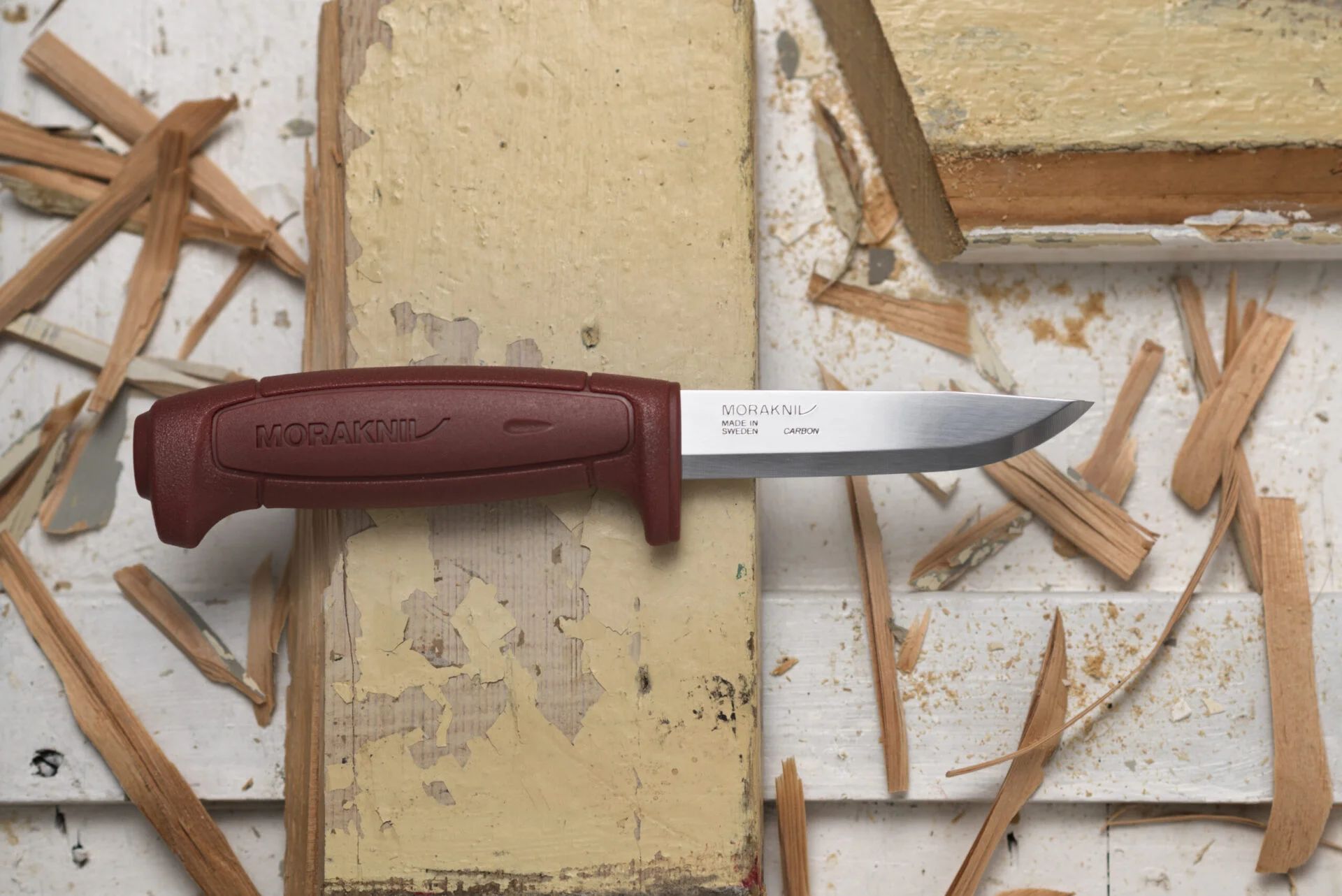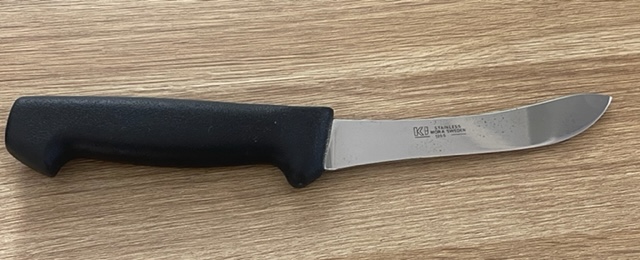Quote from: Royale on November 24, 2025, 03:06:20 AMI'm gonna guess you're thinking of how to economise the use of your ACC-150 solution?hello Royale! Not so much the economy, but rather the hassle of minding the water.
Whenever I clean my diamond grindstones in my ultrasonic cleaner with just water and dish soap, I rinse them with water to remove all soap.
Then I mount the grindstone on my T8 and spin them for a bit in the trough filled with the ACC-150 solution. I do it just to coat it with the solution, then I let it drip dry before storing it.
If you're drying off your grindstone after using just water, you'll need to access the hollow section under the plastic cover, and that is where corrosion may form without you knowing.
Also, if you're using just water, you roll the dice if you encounter knife steel that flash rusts quickly, getting embedded in your grindstone and causing rust spots all over, no matter how fast you dry it after.
You're totally right, first I thought of removing the plastic sides so I could make sure it was dry, but yesterday I found a container that fits the wheel in which I rinse the wheel for a moment after each use. I believe I got the idea from a another post you wrote some time ago.
Thanks!



